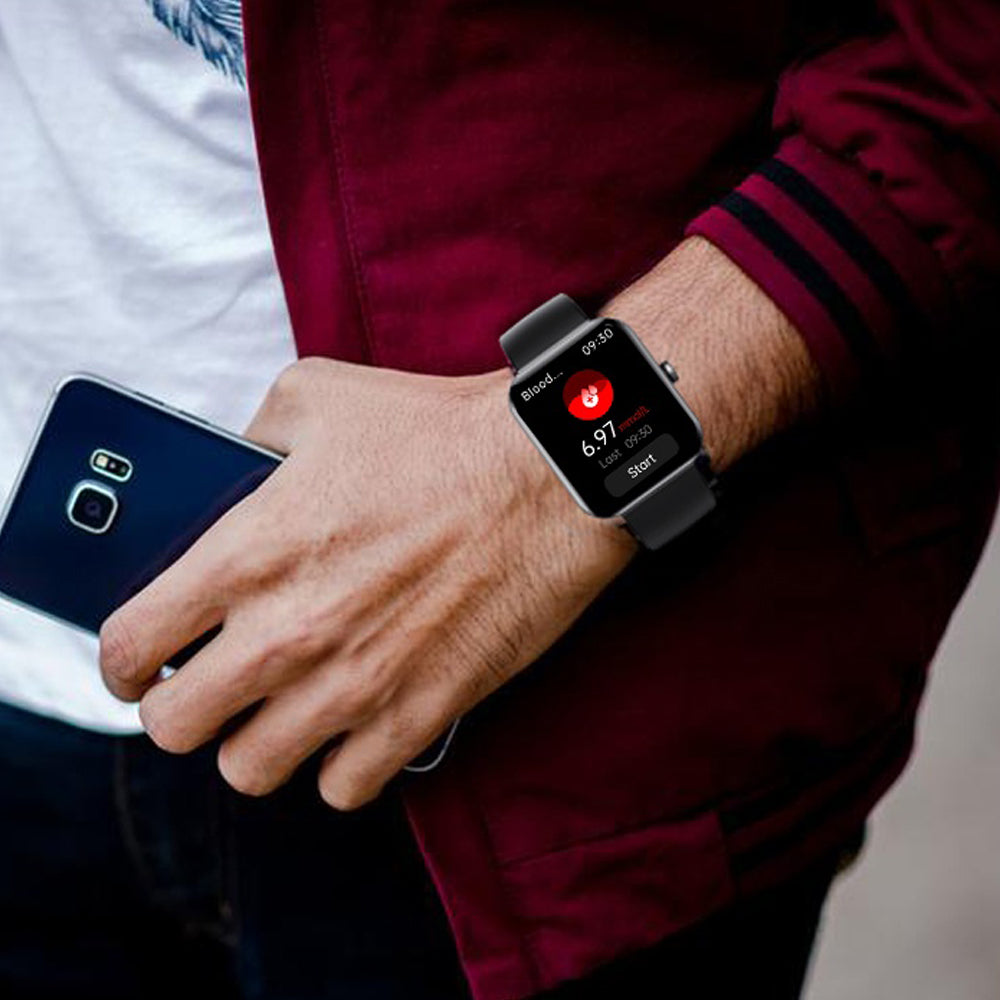Normal blood glucose value refers to the blood glucose value of 3.9 ~ 6.1 mmol/L during fasting, which has guiding significance for the treatment and observation of diseases. Fasting plasma glucose of more than 7.0 mmol/L is likely to be diabetic.

Non-invasive blood glucose techniques
Non-invasive blood glucose monitoring technology is a combination of electrophysiological technology, PPG green light monitoring and AI technology. Through the correlation of heart rate variability, sympathetic nerve and blood glucose, non-invasive and continuous blood glucose trend can be achieved through big data and AI algorithm. After a standardized calibration procedure and continuous wear for about a week, the watch intelligently learns from the blood form data obtained to achieve all-day, non-invasive and continuous estimation of blood glucose trends.The non-invasive blood glucose monitoring technology is positioned as "daily assistance". By monitoring the blood characteristics of the wearer throughout the day, the data can be visualized, so as to provide healthy diet, reasonable exercise and rest reference for users concerned about blood glucose problems, and help prevent the occurrence of related diseases.
note: app data synchronization has a delay, which takes about 1 to 2 hours.

How to monitor blood sugar is accurate
You need to turn on the smartwatch automatic all-weather monitoring function and check the data in the APP. The APP systematic statistics to exclusion errors,calculates average blood sugar levels for the day and starts building your analysis model. To improve accuracy, you can also use the manual calibration feature. In the private mode of APP blood sugar function, record data 7 times a day. The following is the recommended time point:
- Test blood sugar after waking up in the morning
- Test blood sugar after breakfast
- Test your blood sugar before lunch
- Blood sugar after lunch
- Test your blood sugar before dinner
- Test your blood sugar after dinner
- Test your blood sugar before bed
Factors affecting blood sugar value
Note:
1, this product monitoring data and the results are for reference only, not as a diagnostic and medical use, please do not by measuring the results to the diagnosis and treatment, follow the doctor's advice, if feeling unwell please timely medical treatment or online diagnosis and treatment.2, 5-10 minutes before the measurement do not vigorous exercise, sitting or lying position, please don't talk in the measurement process.

